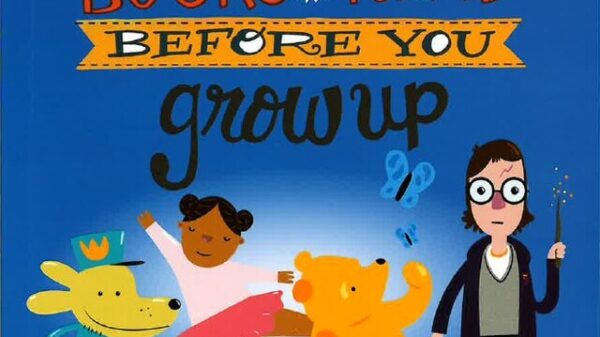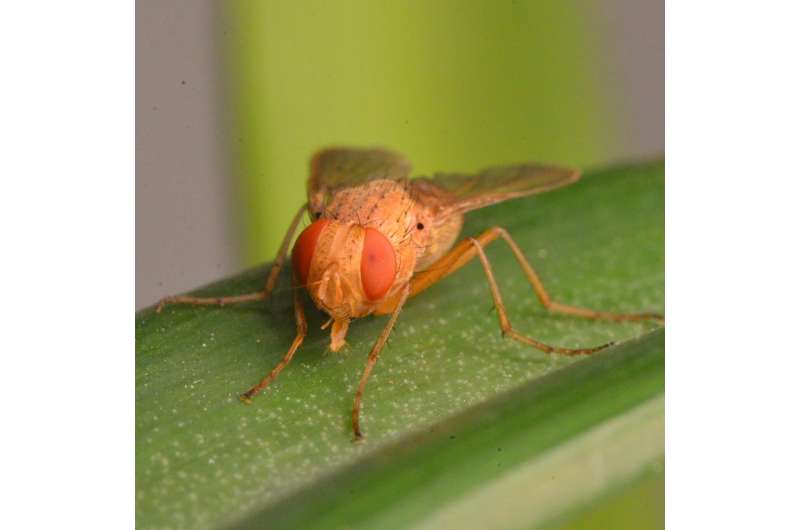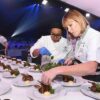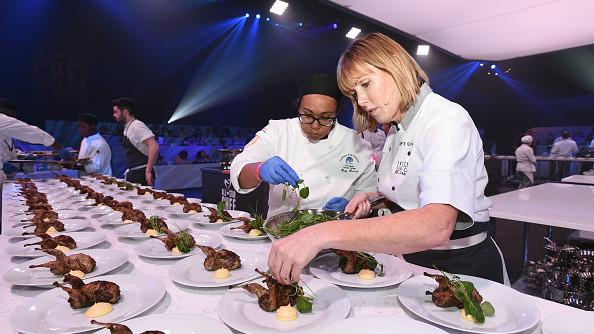A recent study published in the Annals of the Entomological Society of America explores how early-life competition among parasitoid flies can influence their success as adults. Researchers from St. Olaf College, in collaboration with the University of Strathclyde and the University of Toronto, focused on the acoustic parasitoid fly Ormia ochracea, revealing that resource competition during larval development results in lasting effects on survival and body size.
The study shows that when larvae of Ormia ochracea compete for resources inside a single cricket host, their chances of survival decrease significantly. Co-lead author Jimena A. Dominguez, a post-baccalaureate research associate at St. Olaf, noted the implications of their findings: “The number of larvae sharing a host can dramatically influence not just whether the flies survive to adulthood, but how big and possibly how fecund they become.”
In their research, the team utilized a combination of experimental parasitizations, morphometric measurements, and statistical models to assess how larval crowding impacted survival rates and sizes. Results indicated that when two larvae shared one cricket host, fewer flies reached adulthood, and those that did were smaller in size. Additionally, the size of the pupae—an intermediate developmental stage—was found to be a strong indicator of adult body size.
Senior author Norman Lee, an associate professor of biology at St. Olaf, emphasized the broader implications of these findings. “These results provide a window into how early competition and nutritional stress shape life history in parasitic insects. It’s not just about who survives; it’s about how early experiences influence the adults these animals become.”
The significance of this research extends beyond the realm of entomology. The insights gained regarding developmental constraints and their effects on behavior, reproduction, and ecological success may also apply to other parasitoid species. Furthermore, the collaborative nature of the research highlights the importance of hands-on experiences for undergraduate students, showcasing the potential for fostering the next generation of scientists.
As challenges in higher education and research funding grow, Lee advocates for ongoing support in scientific research and training. “Supporting science means supporting innovation, education, and the next generation of problem-solvers,” he stated.
The study underscores the critical need for resources during early development, reflecting broader themes in both biology and education. As scientists continue to explore the intricacies of life cycles and competition, the lessons learned from Ormia ochracea may resonate across various fields, emphasizing the interconnectedness of research, education, and societal progress.
For further details, refer to the study: Jimena A. Dominguez et al, “Resource competition affects developmental outcomes of the acoustic parasitoid fly Ormia ochracea,” published in the Annals of the Entomological Society of America on July 11, 2025. DOI: 10.1093/aesa/saaf018.































































